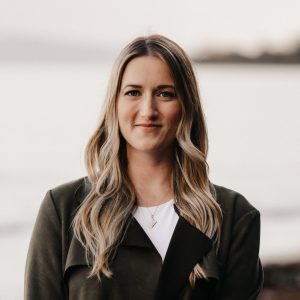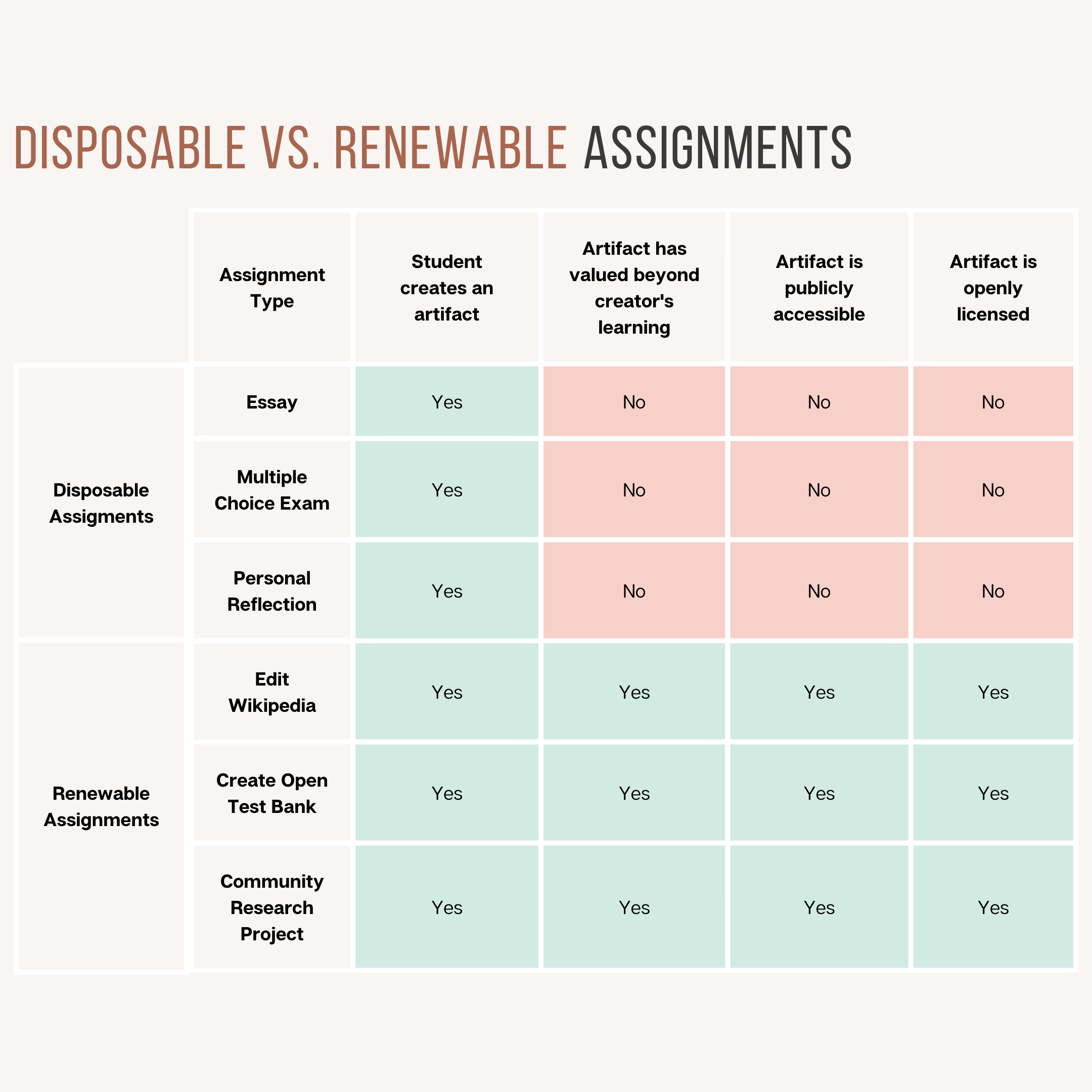Darcye Lovsin
JIBC’s Librarian for Reference and Instruction Library contributes to our Open issue the following article discussing open assignments. Please enjoy!
About Darcye
Over the course of my career as an academic librarian, my primary focus has been copyright and open education. As the incoming chair for British Columbia Open Education Librarians (BCOEL), I work with open education librarians across BC to increase awareness of open education and to make education more affordable to everyone in Canada.

Want to chat more with Darcye? Reach out to her at dlovsin@jibc.ca.
What in the world are open assignments?
This issue of the HUB explores open education and how open educational resources (OER) can make education more affordable, accessible, and effective.
Let’s look at another aspect of open education: open pedagogy, and in particular, open assignments.
The following post explains open pedagogy and assignments, provides examples of open assignments, and ends with tips to make courses more open.
Open pedagogy
Open pedagogy is a form of experiential learning where students demonstrate understanding through creation. It engages students as creators of information, rather than simply consumers of it.
Part of open pedagogy is open assignments, where students create openly licensed materials that have an impact beyond the classroom and into the greater community. These assignments are sometimes called renewable assignments because they are designed to be reused and revisited by more than just the student and their instructor.
Open or renewable assignments are the opposite of traditional, disposable assignments, such as essays or multiple-choice exams. Disposable assignments are assignments that get deleted or thrown in the (literal) garbage after receiving a grade.
Disposable vs. Renewable Assignments

Adapted from “Defining OER-Enabled Pedagogy” by D. Wiley and J. L. Hilton III (CC BY)
As instructors, we need to ask ourselves: When students write essay after essay, do they retain tangible knowledge, or is the lasting skill how to write an academic essay? Are essays just another hoop for students to jump through?
Personally, I do not remember the content of essays I wrote in school (except one fun fact about Aztec versus Mayan sacrifice… but that is for another time).
Open assignments allow instructors and students to be creative, to break away from the essay and exam format that has dominated higher education for years.
Examples of open assignments
There are countless examples of open assignments, but here are a few of the most popular:
- Create or revise an open textbook: students participate in creating and revising openly licensed course materials. Adapting OER can be especially relevant for unique subjects that are lacking in high quality OER.
- Edit or create Wikipedia Articles: writing or editing articles allows students to learn about a topic and about the cycle of information creation.
- Create quiz banks and test questions: students craft learning assessment tools to engage with class material.
- Co-create learning outcomes with students: a form of collaborative syllabus design.
- More examples from Open Education Group: OER Enabled Pedagogy.
Getting started
Interested but not sure where to start? Here are two pieces of advice:
First: Start small. Just like switching from traditional textbooks to OER, it can be overwhelming to think about restructuring an entire course around open assignments. Instead, choose one module or one assignment and work on making it open. Over time, your course will evolve into a more open learning environment.
Second: Ask your students. What are they interested in working on? Students have been at the mercy of a top-down approach to teaching for too long. It is time to empower our students by making them active participants in their own learning.
More information on renewable assignments:
- How do faculty benefit from renewable assignments? by George Veletsianos
- The ACE Framework: Reduce Disposability by OpenColab at Plymouth State University
- Includes 10 simple ideas to reduce disposability
- DOER Fellows Renewable Assignments by Open Education Group
Questions about open pedagogy, open assignments, or open education? Feel free to get in touch: dlovsin@jibc.ca. I would love to chat!

This work is licensed under a Creative Commons Attribution-ShareAlike 4.0 International License.
Except where otherwise noted, information in this article was adapted by Darcye Lovsin (JIBC) and Alyssa Hamer (Capilano University) from Introduction to Open Pedagogy by University of Texas Arlington Libraries (CC BY-NC 4.0); Notes on Open Pedagogy by David Wiley (CC BY 4.0); and Open Educational Resources (OER) Toolkit: Teach by Macalester College (CC BY-SA 4.0).




